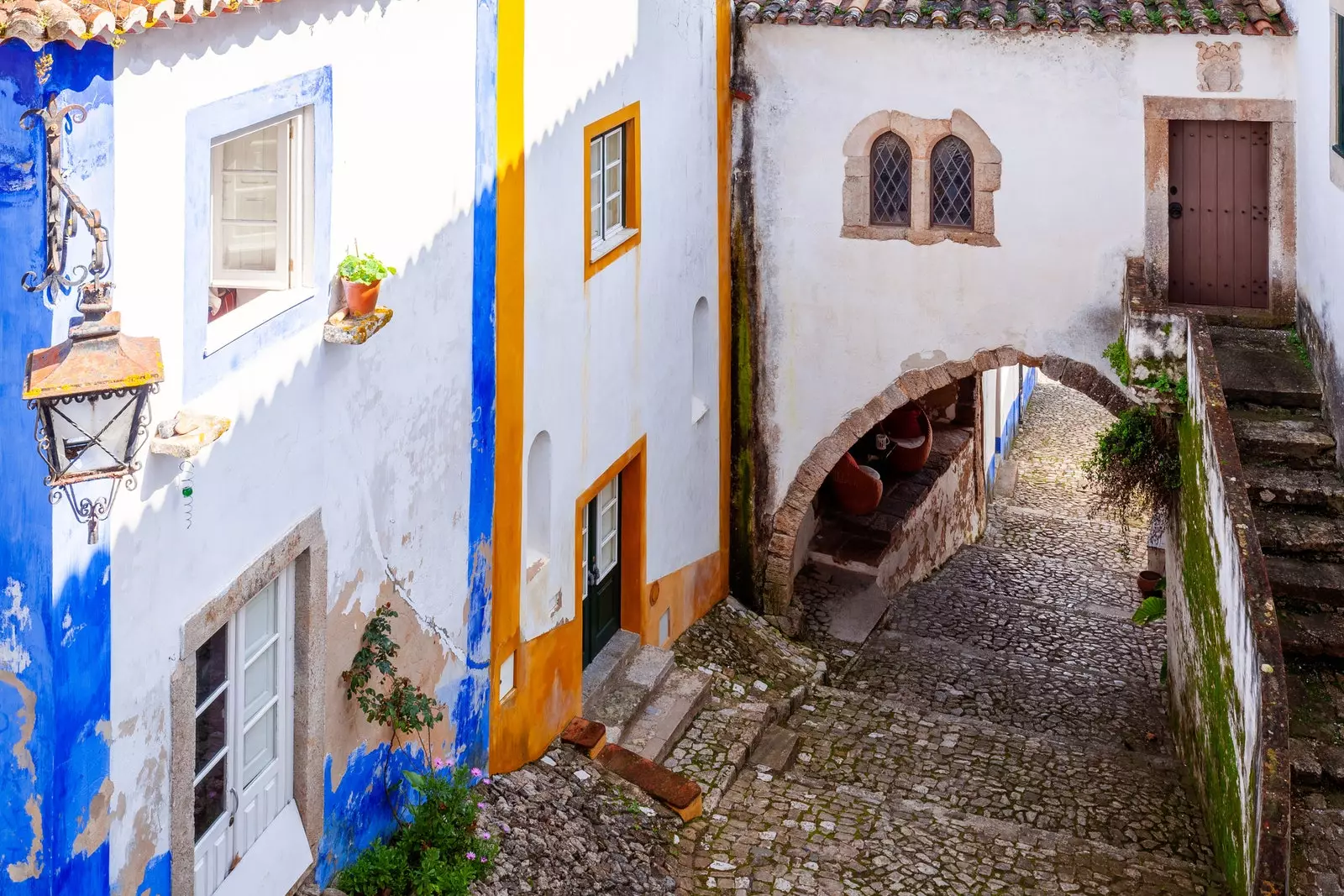
Óbidos, a getaway to pristine Portugal
With their almost 900 kilometers of Atlantic coast, Choosing an area in Portugal to make a beach getaway is not easy at all. There are those who are so loyal to Alagarve and its infinity of services that they would not change the south of the peninsula for any other Portuguese region. Others, on the other hand, have become so fond of the intimacy of the Alentejo sandbanks that they cannot conceive of rest if it is from the Tagus up.
But if we look a little further north, leaving behind the maelstrom of Lisbon and its lively coastline and looking out of the corner of our eye at Torres Vedras and its wild beaches framed by mountains, we find another hidden treasure: Óbidos and its nearby Rei Cortiço beach and Bom Sucesso beach.
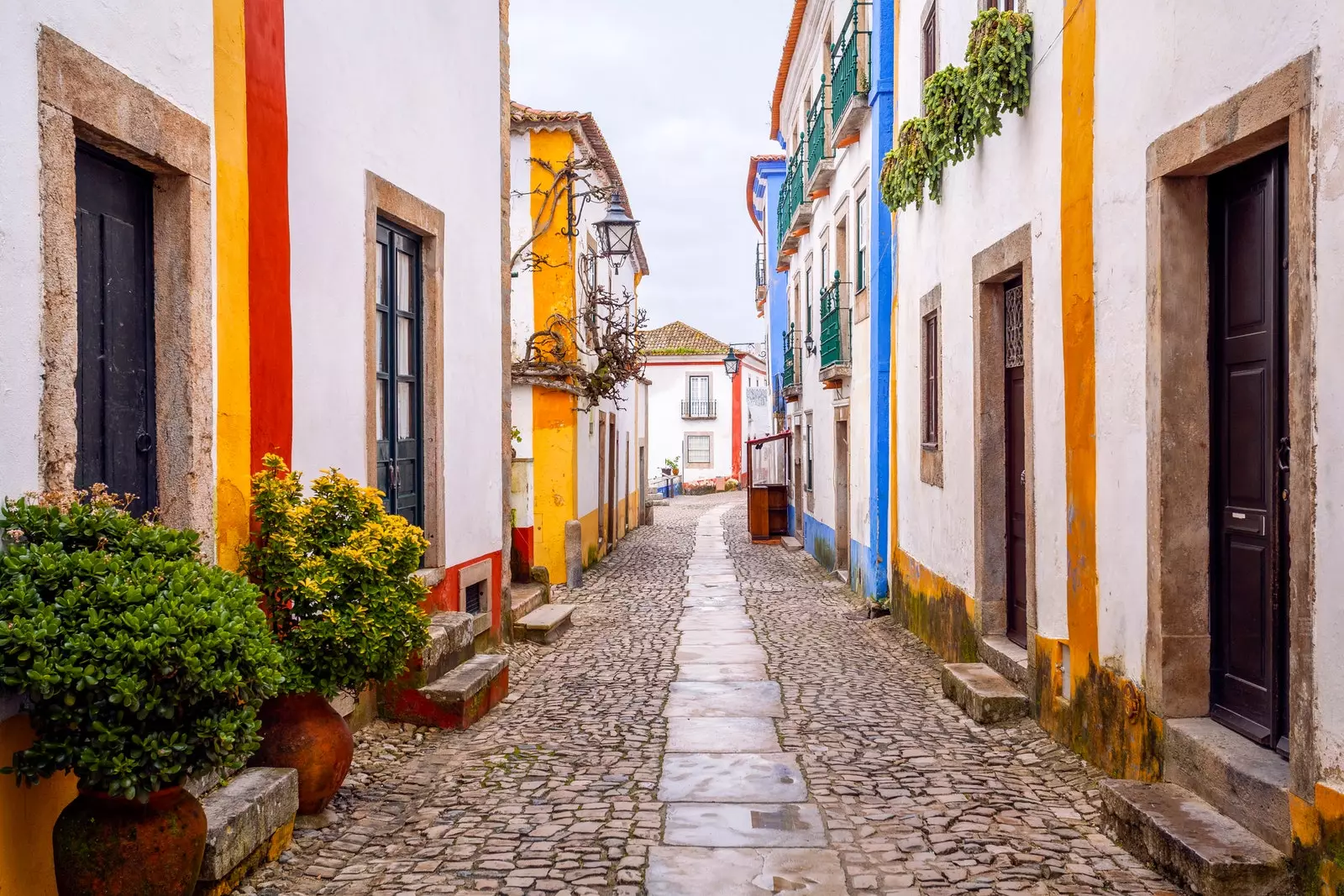
A walk through the streets of Óbidos
THE MEDIEVAL PEOPLE
Much more picturesque than you would expect a walled town in the Centro region of Portugal to be, Óbidos surprises with its perfectly preserved castle of intramuros, but also for its labyrinth of alleys decorated with Manueline porticoes, fragrant (and gigantic) bougainvillea and authentic Portuguese craft shops (if you know how to look beyond the colorful and cloned souvenirs).
Although it is true that in summer walking along its busy Rua Direita can be a bit of a nuisance, out of season exploring this street strewn with whitewashed houses painted blue and ocher can be delicious.
A bookstore where books share space with fruits and vegetables over here (Livraria do Mercado Biologico), an artisan named Luisa Nieves who works with clay and shapes it into wicker baskets over there (Oficina do Barro) and a tiny tavern (Tasca Torta) in which try a shot of the traditional ginjinha for one euro.
This deep red liqueur –made with morello cherries, harvested in western Portugal and fermented in brandy with sugar, water and cinnamon – its recipe changed a little after the Chocolate Festival in Óbidos in 2002, as some merchants began to mix it with chocolate (others simply serve it in small glasses made with it).
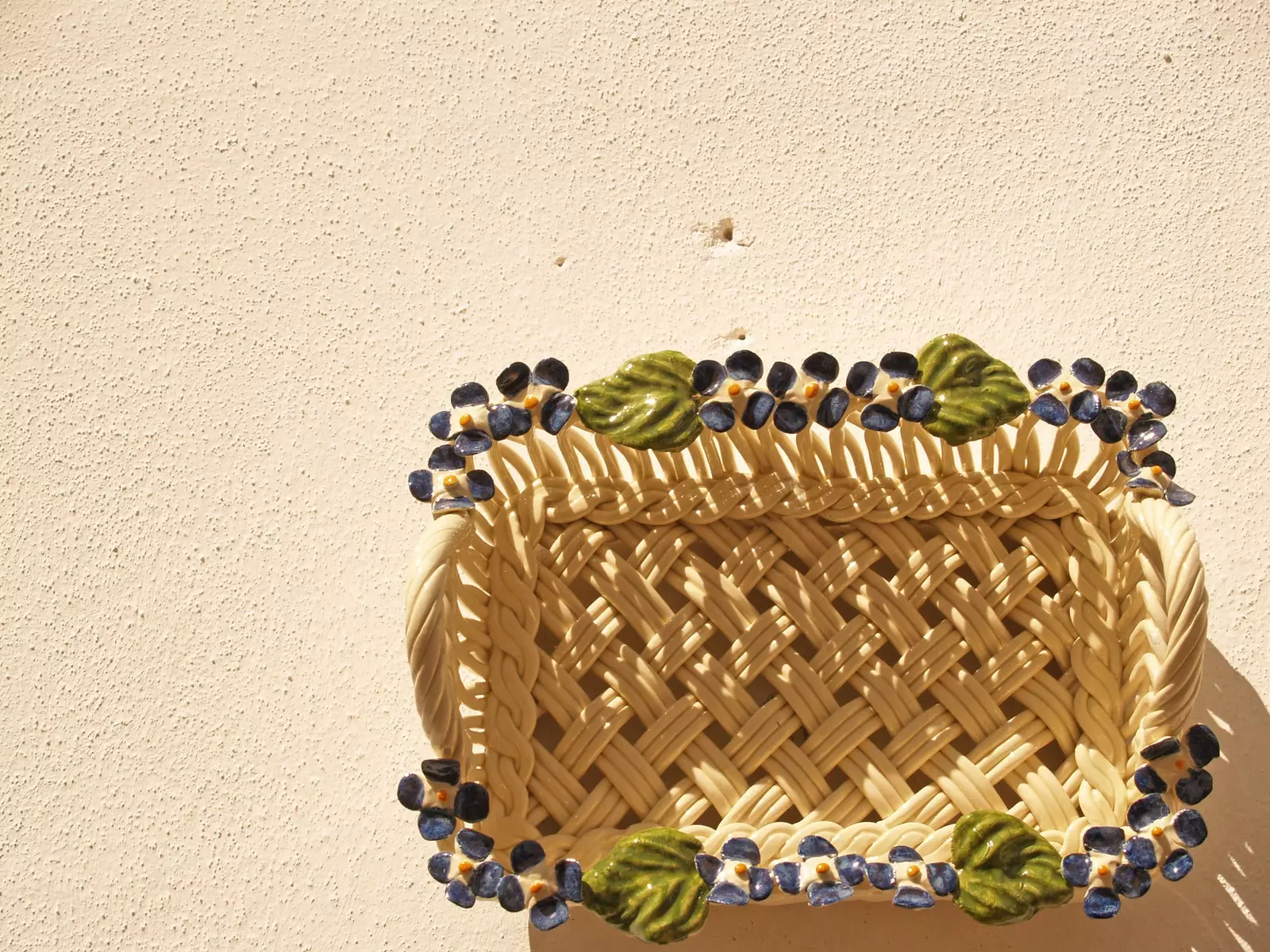
Typical clay crafts from the Óbidos region.
The themed medieval area next to the walls, where this sweet festival and many other open-air fairs take place, is striking for its artificiality. It should be remembered that Óbidos is also a Literary Village, registered in the UNESCO Creative Cities network, as evidenced by its peculiar Livraria de Santiago, which occupies the old church of Sao Tiago, or The Literary Man, the largest literary hotel in the world that is also a restaurant.
Much more historic and remarkable, on the other hand, is the baroque balcony with blue and white tiles of its monumental Porta da Vila and the oil paintings of the famous artist Josefa de Óbidos, in the church of Santa Maria.
Colorful and ornate, the works of this painter of Sevillian origin – who imported still lifes from Spain – are studied in art schools for giving the Portuguese Baroque a characteristic style. ahead of her time, Josefa Ayala de Óbidos was an emancipated woman in the 17th century (she was able to live from her profession) to which she was branded as naive and 'prudish' in art for 'feminizing' and infantilizing the baroque in Portugal (an image finally discredited by experts).
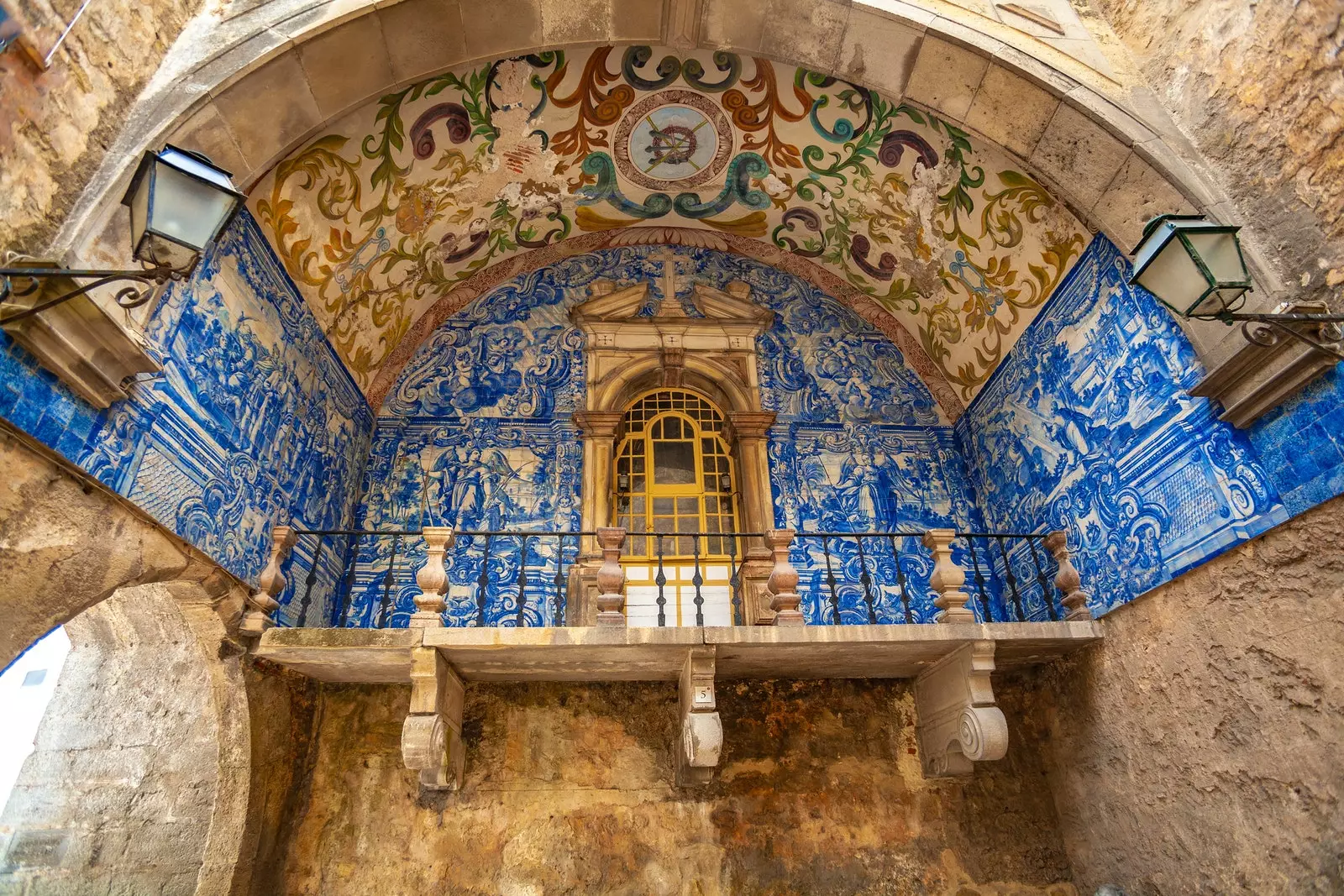
Baroque balcony of the Porta da Vila de Óbidos.
THE LAGOON AND THE BEACHES
To the west of what is known as the "village of the queens of Portugal" (since the 13th century Óbidos became part of the dowry received by European princesses who married Portuguese monarchs), is the Óbidos lagoon, which in contact with the Atlantic creates a lagoon system of salt water which was once a maritime channel.
Once past the Aldeia dos Pescadores, where the lagoon meets the ocean, we find the popular Foz do Arelho beach on one shore and the other the quiet Bom Sucesso, a rough sandbank in the maritime area (it is perfect for practicing wind sports), much calmer in the fluvial part, where you have to anticipate the rise of the tide when placing the towel and think about the time of sunset, to say goodbye to the sun with the Berlengas Islands of background without anything interrupting your views.
Further south it begins the extensive Rei Cortiço beach, more than ten kilometers of sand that start in Óbidos and reach Baleal beach, located to the east of the Peniche peninsula, where you can practice suf, tour its Fortress converted into a city museum and try its traditional seafood stew at the simple but authentic Mira Mar restaurant (Av Su Mar 42).
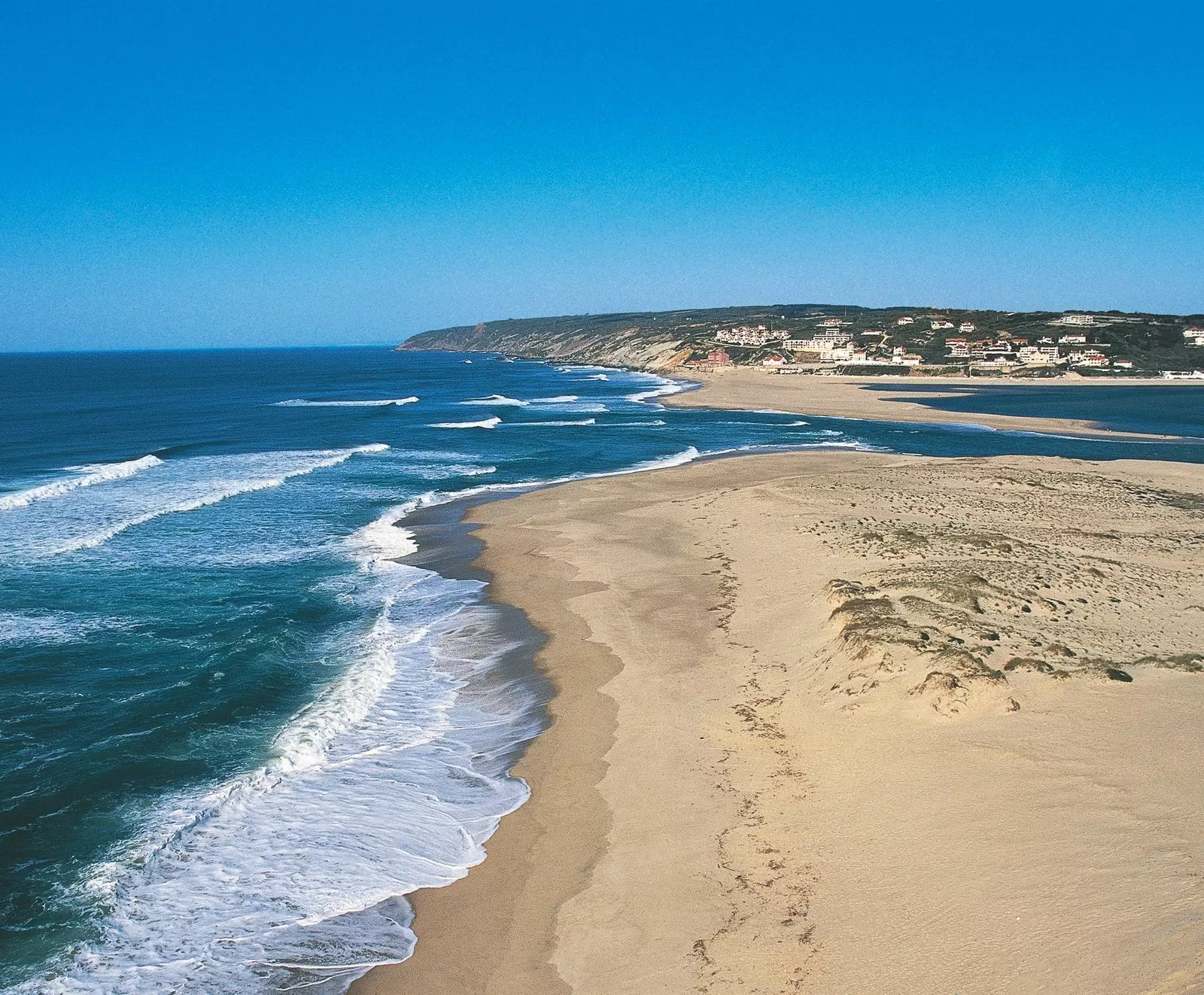
Bom Sucesso beach, between the Atlantic and the Óbidos lagoon.
WHERE TO SLEEP
As a counterpoint to so much tradition, there is in this immaculate region a exclusive resort that blends into the natural landscape without altering it, adding a most attractive contemporary plus: 23 prestigious internationally renowned architects They have been in charge of shaping the 601 luxury villas that are sold (from €300,000) or rented for vacation periods (from €800 per night, minimum stay of three nights).
It takes its name, Bom Successo Resort, from the nearby beach and occupies an immense land of more than one and a half million square meters. It has, among other services, a 18-hole golf course designed by Donald Steel, a locally inspired restaurant (there is also the possibility of ordering lunch and dinner in the privacy of the villa), a spa with Comfort Zone signature treatments and a five-star sustainable hotel will soon open.
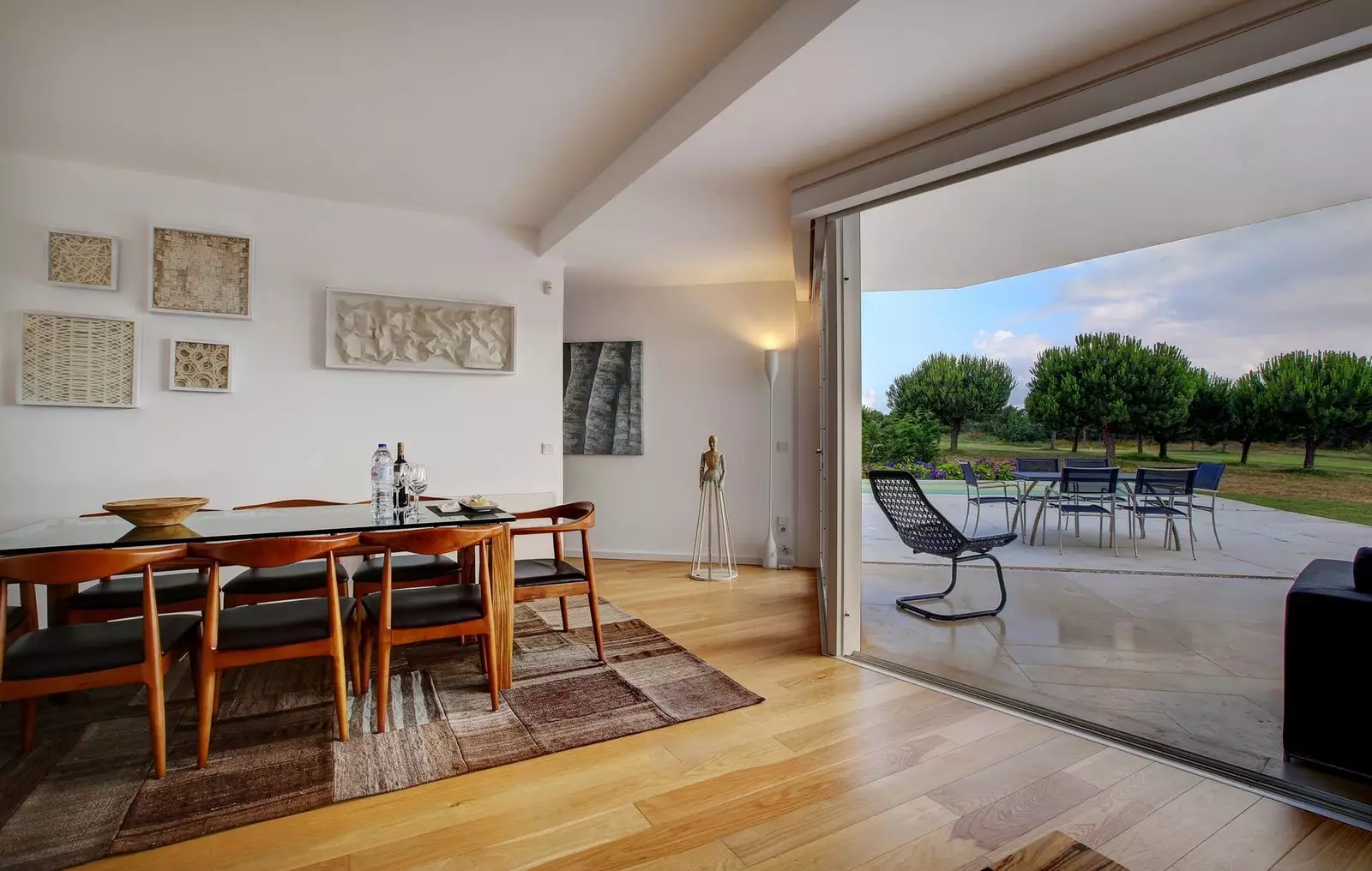
Detail of a private villa designed by Alvaro Siza Vieira, at Bom Succeso Resort.
Until then, you will have to 'make do' with renting one of their ARQ Hotel Villas, signed by Álvaro Siza Vieira, Eduardo Soto Moura or David Chipperfield. Although all of them are governed by basic construction principles (the roof must be landscaped, all of them are white or tile, etc.), as soon as you look a little more at the background and at the shape you discover architectural peculiarities that provide a plus to stay.
For example, Gonçalo Byrne has designed a train-type villa in which the rooms are connected to each other (perfect for families with children), Manuel Aires Mateus has designed circular buildings whose peculiarity lies in the fact that inside the angles are right and the pool is on the roof and the talented Portuguese architect Inês Lobo has chosen to embrace the private pool, on the one hand, with public spaces and, on the other, with private ones.
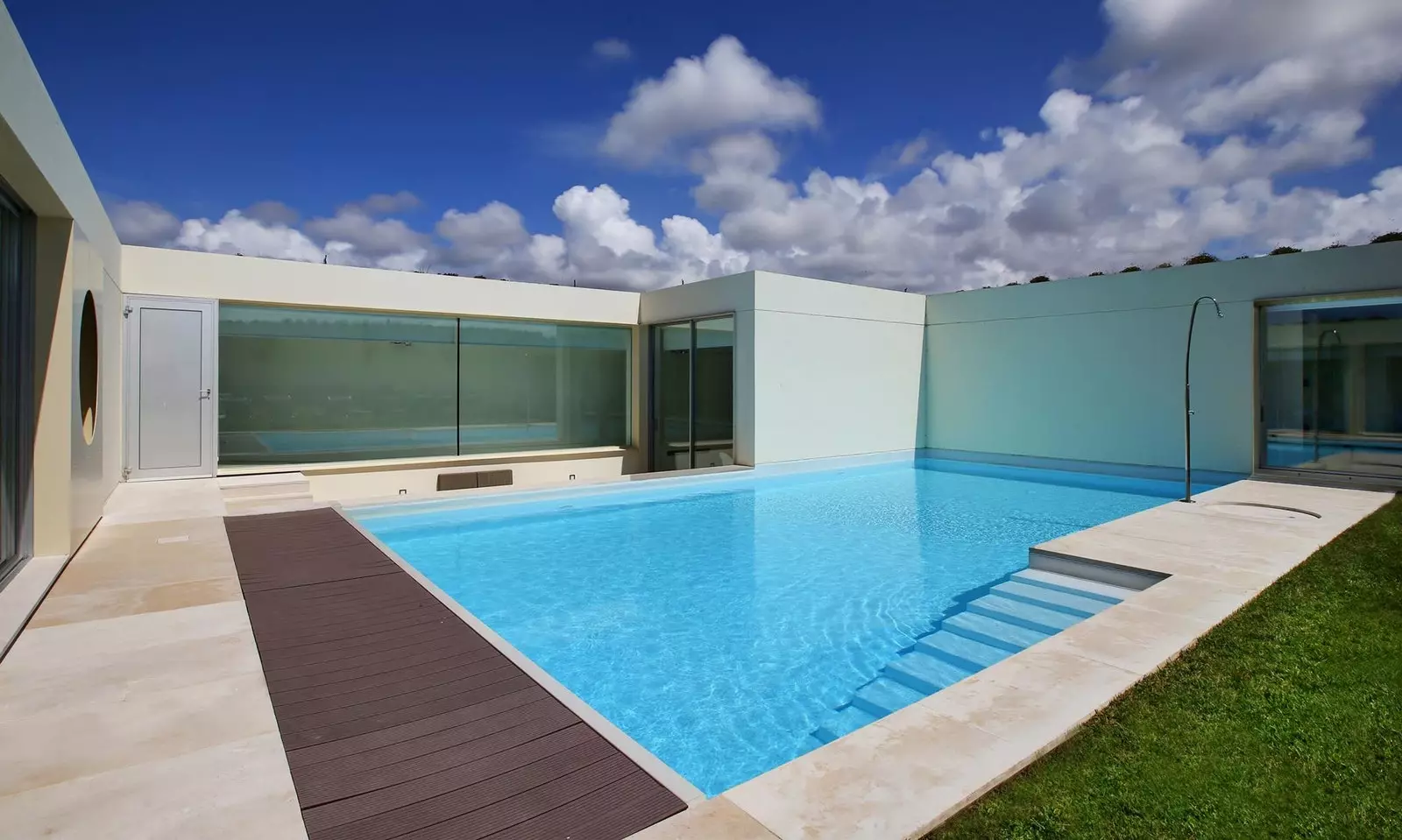
Private pool in one of the villas designed by Inês Lobo, at Bom Succeso Resort.
